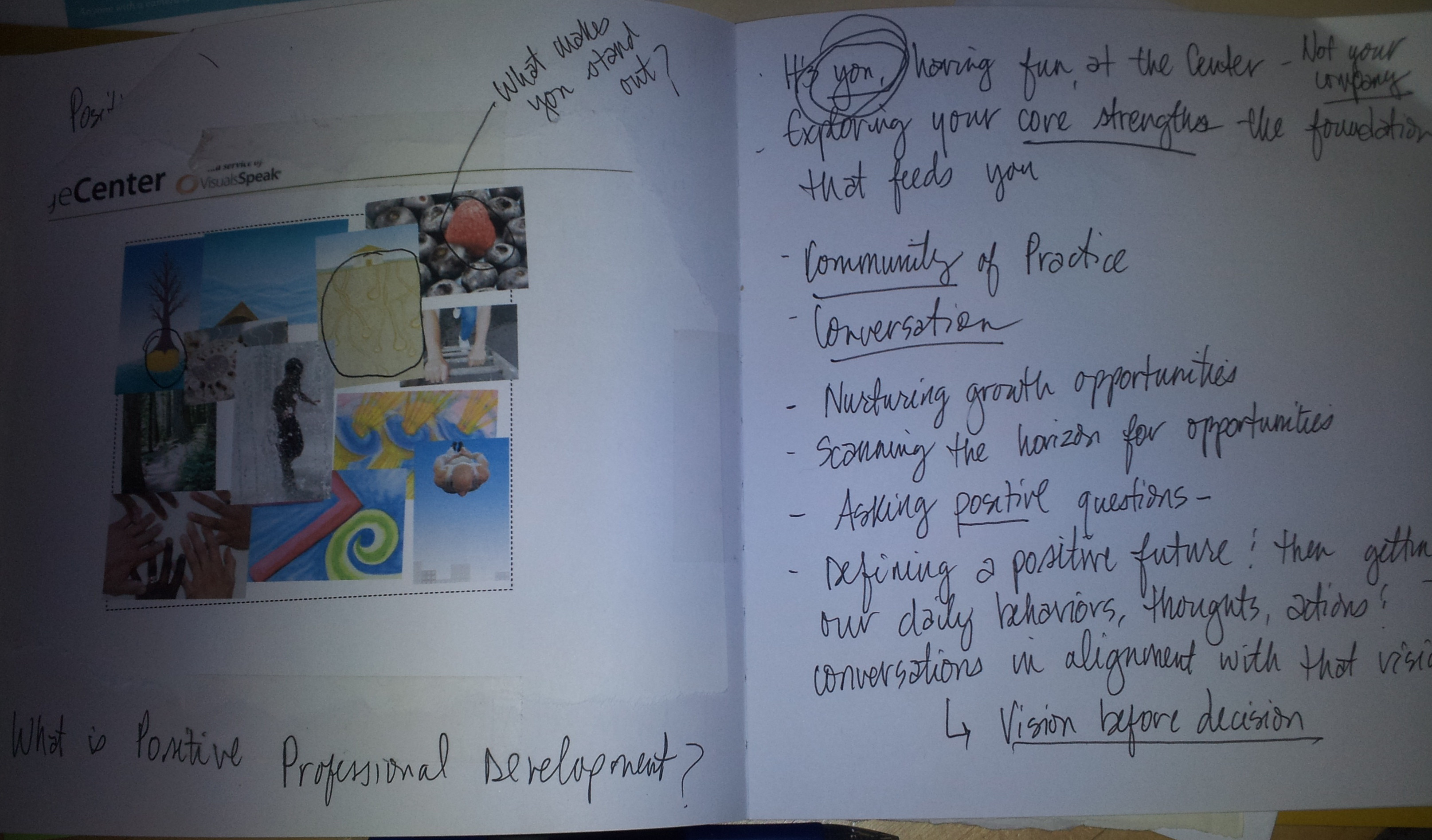
Clear expectations are crucial when setting goals. It makes evaluation more objective, and it reduces the possibility of confusion. Employees will be able to understand and work towards the goals. One example: You might assign a weekly goal to your sales rep so that he or she schedules two appointments per week. Next, identify the behaviors which will lead to these appointments.
SMART goals are measurable
It is essential to define SMART goals for employees. They must be precise and include specific goals. Clarity is a key deterrent to SMART goals. You should use markers that are easily visible from the workplace. An example would be to set a goal for improving efficiency in the office by five percentage. Employees will be motivated to achieve the goal if they have clear goals. They will also be able measure their progress against those goals.
It is important to define a timeline for SMART goals. Once you have established a timeline, you can assign tasks to your team members. This will help you monitor workloads, identify bottlenecks, and allow you to plan for the future. Your team will be able to better focus their time, avoid overload, and reduce stress. A SMART objective will aid in budget planning and help you identify the resources required to achieve your goal.
Time-bound
The workplace goal-setting process should include a time-bound goal setting. Setting deadlines and setting goals with clear deadlines helps employees to be realistic and motivated. Setting realistic goals is also crucial, as setting unattainable ones can demoralize employees and sabotage employee motivation.

They must be quantifiable, achievable, and specific. They must be related to the organizational goals as well as the development goals of employees. In addition, the time-bound nature of the goals helps create a sense of urgency for the team. Time-bound goals are more realistic and less likely to become irrelevant as business needs evolve.
Realize your potential
Employee motivation is essential. It is important to set achievable goals for employees. These goals should not only be challenging, but also realistic given the resources available. These goals should not be solely based on financial motivation. To inspire employees and foster motivation, it is essential to create a vision of what the future looks like and share that vision with others.
Be aware of your employee's workload and available resources when setting performance goals. 8 percent might seem unreasonable if the employee is in sales. A goal of 8 percent might be too ambitious if salespeople can only achieve a 4% increase. You might consider the achievements of other employees who are in the same role as them if you're new to your company.
Relevant
It is important to set goals for employees that are relevant and help them in their career growth. It is crucial to remain competitive in today's marketplace. Employees must be up-to-date with new developments, techniques, and best practice. This is no easy task. Most employees have one or more of these pressures, and their personal time and mental capacity are shrinking.
Employee goals should be set based on the company's vision, mission and values. The goal of setting goals for employees can not only motivate them but it can also help the company grow. For instance, if you want to achieve more sales for the company, you could set goals for cross-cultural fluency, efficiency, or productivity. The goal setting should be relevant to the business's needs.

Manager and employee team up to reach their goals
Setting goals is a powerful tool to motivate employees as well as provide feedback. They give employees ownership and help managers to understand their employees' work. In addition, setting goals fosters a positive company culture and builds trust between manager and employee. Employees who have clear goals are more likely to feel connected to the company's bigger goals. This may result in greater productivity and loyalty.
Both the employee and manager must agree on goals and communicate them clearly in order to achieve them. Once goals are set, the two parties should meet periodically to review them. This allows them to identify and clarify their roles, as well as take the necessary steps to achieve their common goals. Managers should let staff know they are involved in goal-setting, and provide reinforcement if necessary.